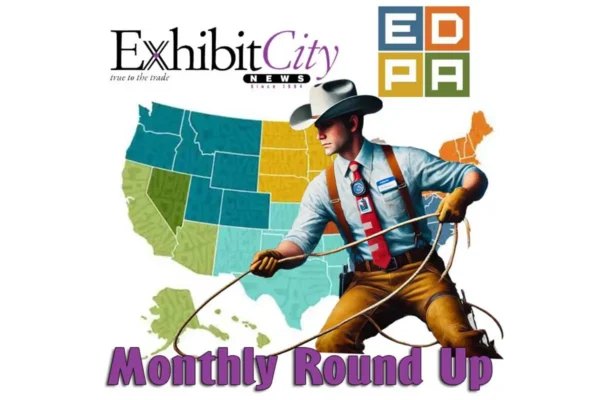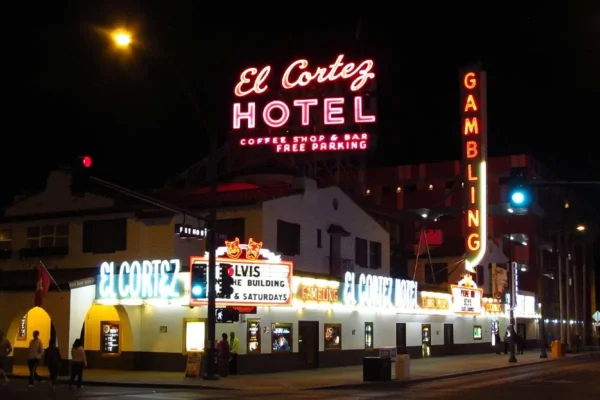Most of the time, our clients listen to – and follow – our advice on tradeshow logistics planning. But sometimes they don’t.
We have a new client where we just completed the design and build for a new large exhibit property. We were developing our show services estimate, where we go through all of the logistics and costs for producing their event. We submitted the estimate and were then told they would handle their own freight arrangements with their contracted carrier.
This always sends up a red flag for me, but even more so this time, as they are a manufacturer, shipping bulk product to distributors and warehouses. After a flurry of emails back and forth between their logistics department and our account team, I felt compelled to step in. I told them I needed to relay a couple of cautionary notes on the transportation piece; I’d be remiss if I didn’t bring these up.
I told them we use only experienced tradeshow carriers that are familiar with the specifics of tradeshow freight – arriving early before a targeted move-in time, checking in at marshalling yards, waiting (sometimes overnight) for access to show hall loading docks, checking individual pieces as they are offloaded.
I told them we only do point-to-point shipping for exhibits of this size. Once the exhibit is loaded at our docks, it remains untouched, on the same trailer, with the same driver, until it reaches the show dock. We do not use carriers that may off-load and cross-dock freight numerous times during the journey, increasing opportunity for loss and damage, as I suspected their carrier would do.
I also told them our drivers are accustomed to targeted move-in times and making sure the freight is at the show dock before that time so that there are no delays with installation on show site, causing the labor crew to sit idle waiting for freight.
I wanted them to understand that when we arrange freight, we take responsibility for its delivery on time on site, and track shipments through to proof of delivery on site. If we were not arranging freight, we would need a contact that we could call if there were freight issues when we arrived on show site for installation. If there were damages in transit, they would be responsible for filing all freight claims.
Obviously, we would work with them however they would like to do it; we just needed to lay all of this out for them in advance.
None of that reasoning resonated with their logistics team. So we gave them the targeted move in time, the delivery address and when it would be ready for pick up at our place. They booked their own freight and then told us that they had made arrangements for it to arrive at the show destination one hour before targeted move-in.
Once again, I felt compelled to step in to the discussion. I told them I had a concern with the delivery schedule:
We had installation labor set for 8:00 a.m. on the targeted day. If their truck did not check in to the marshalling yard at the hall until 7:00 a.m. on that day he would not be at the dock by 8:00 a.m.. It may have been several hours or more before he got called to the dock. We would have labor standing by for hours waiting for freight.
This was a huge show with lots of truckload deliveries. Lots of those trucks would be checking in the day before to get a low call number. I told them it would be a good idea to pick up at our place a day earlier and be there the afternoon before, so they could be one of the first to unload the next morning. After more back and forth, they finally agreed to do that.
The driver did arrive the day before and was relatively early to the dock the next day. We had freight by 9:00 a.m. By the end of that day, they were still unloading trucks that had checked in the day before. If he had shown up an hour before his target, it would easily have been the next day before we saw the freight.
I had the greatest urge to do an “I told you so,” but I didn’t think that would go a long way in building a strong client relationship. What I really wanted to say was something along the lines of “How about listening to us next time — We really do know what we’re talking about.” That probably wouldn’t be received too well, either.
See you on the show floor.
Jim Obermeyer has been in the trade show industry over 30 years, both as a corporate trade show manager and exhibit house executive. He is now a partner in a new company: Reveal: Exhibiting a World of Difference. He can be reached at jobermeyer@revealexhibits.com.































